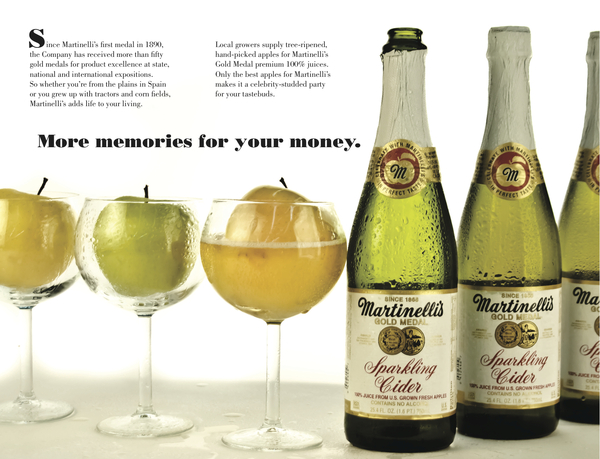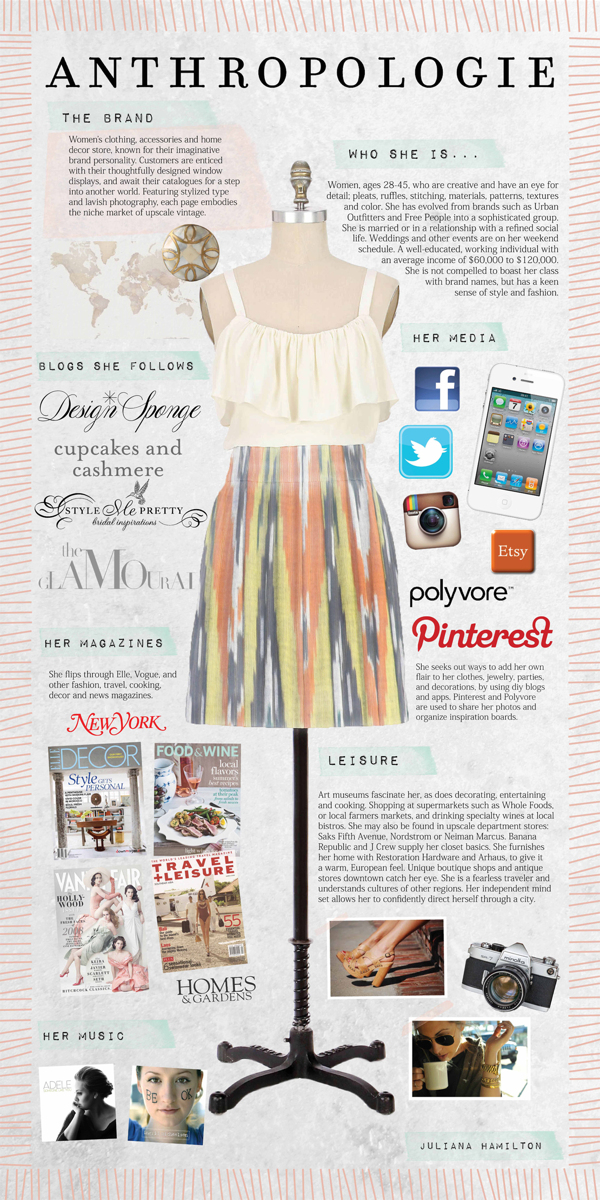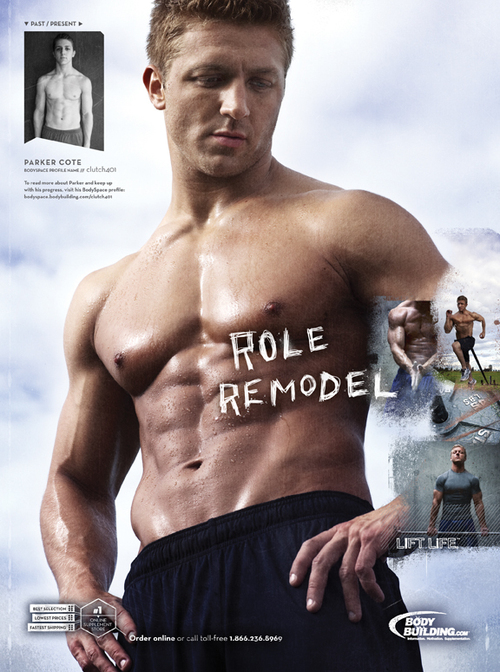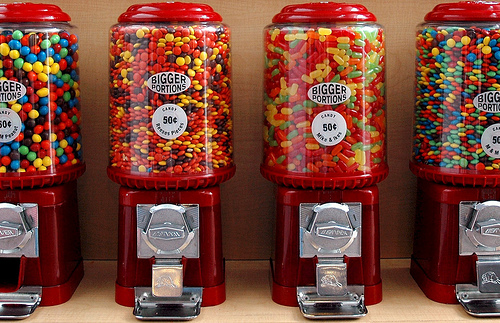Benefits vs. Features: The Crucial Key to Selling Your Product
One of the biggest traps a marketing writer can fall into is confusing features vs. benefits. Often when selling a product or service, copywriters merely present a list of features–and that’s simply not enough to make a sale.
Both features and benefits are equally important for effective advertising copy, but at the end of the day, it will be the benefits that give you the best advantages for converting customers.
The difference between benefits vs. features

A fast internet connection is a feature, but the ability to quickly find your way when you’re lost is a benefit.
- Features are defined as surface statements about your product, such as what it can do, its dimensions and specs and so on.
- Benefits, by definition, show the end result of what a product can actually accomplish for the reader.
It can be difficult to tell the difference between the two, as many features might sound like benefits. For example, saying that a cell phone has a fast internet connection is actually showcasing a feature, not a benefit. A benefit of fast internet would be the ability to quickly get directions when you’re lost (before you become even more lost).
You should also never confuse either a feature or a benefit with an advantage. Advantages are like the intermediary between features and benefits; they are effectively what the feature does to eventually result in a benefit. For example, a 4G internet connection (feature) means that you can access web applications in a shorter amount of time (advantage), which means that you can quickly and easily find your way home when you’re lost (benefit). Be sure to make the distinction and understand the relationship between features, advantages and benefits.
The biggest difference between features and benefits is that the latter affect an emotional level that audiences can relate to. The fast internet feature sounds vaguely positive, but on its own, there’s no strong, immediate reason why it’s positive. Meanwhile, almost every audience can emphasize with being lost and wanting an immediate solution to the problem.
Here’s another example: a roof sheathing service that offers a “radiant barrier” would need to clarify that feature by pointing out the benefit: a cooler home in the summer and a smaller energy bill.

This example real estate flyer for a house points out both its features (a radiant barrier) and the associated benefits (a cooler home in the summer and a smaller energy bill). Photo Credit: Tiffany Amore
Why feature-only marketing is ineffective
Generally speaking, it’s better to “show” versus “tell”–show your audience the benefits of your product vs. tell them about the features.
Since features work on a factual level rather than an emotional one, they’re often confusing or hard for a customer to understand. For example, the technical specs on a laptop might not make sense to a customer unless they’re familiar with computers. However, the benefit of having a fast laptop that can store a lot of photos, videos and music is something that any computer owner can relate to.

A car’s ability to go “fast” is a feature, but that’s not necessarily a positive thing without a clear benefit.
It’s just the nature of some features to be written in jargon that is hard for your average customer to fully understand. This means that a large portion of your potential customer base simply won’t understand your message if you provide nothing but technical specifications.
The worst aspect of feature-only marketing is that it puts the burden of understanding on the reader. The audience is left to connect the dots between the specifications you’ve listed and how it will benefit them. When you leave your audience to draw their own conclusions, you run the risk of them drawing the wrong ones.
If, for instance, you market a car as being “fast,” the audience might interpret this as “thrilling” and “exciting,” but they could just as easily perceive it as “reckless” and “unsafe.”
Transforming features into benefits
The good news is that features can always be transformed into benefits. In fact, this process will help you create the strongest benefits possible. To achieve this transformation, simply tell the audience how the feature will benefit them.
- The gas mileage on a car is a feature; the amount of money you can save on gas is a benefit.
- Pockets on the front of a sweater is a feature; having a place for your keys and keeping your hands warm in the winter are both benefits.
- Home delivery is a feature; not having to interrupt your schedule to go to the store is a benefit.
Every one of your product’s features can be turned into a benefit with a little practice. Doing so will also help you better understand what your audience is looking for in a product like yours. This will assist you in reaching your audience, making sure they understand your message, and ultimately selling your product or service.

The fact that this sparkling cider is nonalcoholic is a feature. That, in turn, can be transformed into a benefit: great taste with no hangovers or memory loss the following morning. Photo Credit: Hilary Jayne
Show benefits through storytelling
When you show the benefits of your product, think of it like telling a story. You want to engage the audience and leave them feeling an emotional connection. Therefore, you should describe a scenario in which a feature was beneficial to a person that the target audience can relate to.
And like all good stories, your story should have a “villain”–that is to say, a problem that your brand was able to solve for someone. This makes your brand the “hero” of the story, which makes the emotional connection between your brand and your audience that much stronger.

Storytelling could be use to demonstrate the benefits a chiropractor provides.
For example, a chiropractor could tell the story of a client whose back pain was preventing him from working and how treatment allowed him to support his family again.
The target audience in this case would be people with back pain, who could emphasize with the fear of not being able to perform work due to their affliction. By showing that the chiropractor was able to solve this dilemma, it establishes a connection with the target audience who now see the chiropractor as an answer to their own problems.
Benefits need to be beneficial to your target audience
Your brand can’t be the “hero” if you don’t know what problems your audience is having. Take the time to get to know your target audience and figure our how your product or service can help them solve the problems they face in life.
Your benefits should change depending on the needs of the target audience. For example, a company selling low-cost organizational materials could target both college students and mothers. Although both groups use the product in great quantities, they are two different audiences with very different needs.
For college students, the benefit of organizational materials is the ability to keep their stuff separate from their roommates. The low cost leaves them more money for pizza with friends.
On the other hand, the benefit of the same product for moms would be the ability to organize their children’s toys so that they don’t get lost or clutter the room. The low cost means the items can be easily replaced if kids get too rough with them.
The more you know about the customer, the more benefits you can find for your product. Knowing what your customer likes about your product also allows you to find new benefits that you might not have realized yet. You might also discover that your audience has specific needs that you haven’t prepared for; perhaps patrons of your laundry service are also looking for fast and convenient dry-cleaning.

Learn as much as you can about your target audience; this will help you tailor your benefits specifically to them. Photo Credit: Juliana Hamilton
Verifying your benefits with features
Despite their lack of emotional connection, features have an important part to play in selling your product. Features act as the “proof” for your benefits by helping you quantify the claims you’re making. Without features, benefits are not as effective.
For example: “This house is the perfect place to raise a family” is not that effective because it gives no reasons why this is the case.
“This house is located in a top school district, has an expansive backyard and three bedrooms upstairs, making it the perfect place to raise a family” is much better because the features give credence to the claims.
However, benefits don’t always need features to be verified. You can use testimonials in some cases to give your claims social credence. The most effective testimonials are from customers that reflect your target audience and present your brand as a solution to a problem they were having.
For example: “This house is the perfect place to raise a family. I raised three children here, but now that the kids are grown up we’re looking for something smaller.”
Benefits can be purely emotional
Benefits don’t always have to solve a literal “problem”; some of them work on a strictly emotional level. Emotional benefits come from features that your customers make a personal connection to (not a practical connection), giving them a different reason to invest in your brand.
For example, the emotional benefit of buying hand-crafted jewelry is that nobody else in the world will have the exact same item you have. This appeals to the customer’s emotional need for independence and identity.
Some more examples: a wedding photographer helps you preserve the memories of your happy day for generations to come, appealing to the customer’s emotional need for sentimentality. An RV can help you escape from your everyday life to a peaceful, natural setting with emotional resonance.

This print ad for an RV appeals to the audience with an emotional benefit. Photo Credit: Tyrese Howard
Using images to reinforce benefits
An essential way to strengthen the credibility of your benefits is to use images to support your statements. Pictures make your product more desirable, your testimonials more believable and your benefits seem more tangible.

A strong image can reinforce your product’s benefits (like in this ad for a bodybuilding website). Photo Credit: Sean Young
An auto body repair shop might use before and after pictures to show how they’re able to fix even the most severe body damage. The benefit presented to the audience is that a repair is less expensive than replacing the car; the pictures reinforce the idea to the audience that even their badly damaged car can be fixed.
Conclusion
It takes time and patience to learn how to focus on selling the benefits vs. the features of your products. Take the time to perform writing exercises so you can improve your skills and give your advertising as many advantages as possible.
Try making a list of your product’s features and practice writing benefits for each. Do this again for different audiences, even audiences you might not have considered before. You may just find a new way of looking at your product that helps you better connect with your consumers.
Do you have a compelling benefit for your product? We love examples, so please share them with us in the comments!
Posted in Copywriting
Don`t neglect your friends, share this right away.





Thanks for the great reference material to help those of us that are not marketers. I have a new product and this will help promote it.
Thanks again,
John
You make some great points on the differences of Benefits vs. Features, particularity
about trying to focus on the emotional benefit. That is a link that is easy to forget about but so important to good marketing. I like your idea of performing writing exercises, this sounds like a great way to improve my skills. Thanks for the great tips!!
I love your article, very informative. I am however having some difficulty conveying the features vs benefits for my recent book about income inequality and my ads just aren’t converting. Maybe you can tell me if these are features of my book or benefits:
“This book will show you how to make the rich invest in jobs and people again and not just paper assets, like credit default swaps.”
“Government Redistribution and tax the rich schemes are outdated, this book will show you a better method, how to stop the ‘wealth transfers'”
Those are two examples of the problems that my book solves, any ideas would be great because I’m really struggling here! Thanks
Thanks for the article. I particularly appreciate the mention of advantages. I find that a lot of writing is based on advantages.
With advantages one seems to be targeting an audience that is educated in the product yet not too technical to be looking only for features. However, by avoiding benefits entirely there are bound to be some people that will simply not understand. Do you know how well these convert compared to features?
My other question is whether you know anything about how technical, or semi-technical people react to benefits. Are there rules of thumb on how to mix benefits-advantages-features?
Thanks
Great article. Thanks for posting. The ad examples make all the difference in your explanation.
Cheers,
– Dane
Hi Aleksandre.
It really depends on the industry. Lovers of high-end watches tend to like technical features to be listed. If they know what they’re looking at, the features can sell the item. However, strong benefits will sway the customer to buy a particular item that might have similar features to another.
All the best.
– Dane